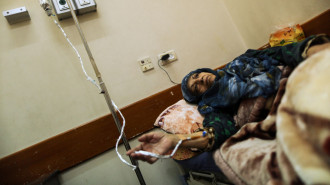The Monstrous and the Vulnerable: Framing British Jihadi Brides
The tragic case of Shamima Begum has troubled the UK media since she travelled to the Islamic State (IS/ISIS)-controlled regions of Syria in 2015.
She has been in the news again for expressing the fear of being executed when facing trial for terrorism charges.
Perhaps the most well-known of the 150 British Muslim women who migrated to the ‘ISIS caliphate’, she claimed that her motivation was to “get married, have children and live a pure Islamic life.”
"The book provides a forensic examination of how the media constructs Islamophobic narratives by relying on well-established gender stereotypes that flatten Jihadi brides into one-dimensional categories"
Other women went for a variety of reasons – a combination of push and pull factors that included providing aid to the victims of war, desire for belonging, or adventure. Begum’s case and that of other British Muslim women who travelled to join ISIS are masterfully analysed in this recent book by Leonie B. Jackson.
The author demonstrates how gendered and racialised narratives shaped the idea of “jihadi brides,” sensationally presenting them as either irredeemably evil, monstrous women or vulnerable, naïve girls.
The book considers the consequences of these representations and deconstructs how sympathetic initial representation of individuals such as Begum transitioned from commentary highlighting their naivety at the time of their departure to coverage that reconsidered if they were victims after all.
The biographies of such women have been picked apart in the public domain and slotted into various frames to explain their actions.
After analysing hundreds of newspaper articles from 2013-2019, Jackson shows how media representations contributed to the creation of moral panics and a political climate that created new norms that led to the revocation of citizenship for some and death for others.
The author notes that while the figure of the vulnerable girl is potentially redeemable, those designated as monstrous women are expendable. The discourse of ‘jihadi brides’ gained popular circulation after ISIS declared its Islamic state in the summer of 2014.
However, the fact that British women choose to migrate to an active conflict zone, ruled by a harsh interpretation of sharia, became inexplicable in the media.
Newspapers attempted to explain the foreign fighter phenomena to the public by connecting them with pre-existing ideas and frames that made their actions comprehensible.
These frames offered a way of presenting complex new phenomena in familiar ways by importing meaning from other domains by the use of metaphors.
This occurred during a sustained creation of discourses that relied on well-worn stereotypes and assumptions which are often negative and alarming.
This of course is not a new tactic as Jews were infamously dehumanized as parasites and plants in Nazi Germany and this process is disturbingly taking place now in India, as Muslims are demonised by the government as “infiltrators” engaged in various forms of jihad against the state.”
In this study, the author argues that three particular metaphors were used to describe and dehumanize Muslim women who travelled to Syria by associating them with vegetation (seeds and roots nature), natural disasters (waves and floods) and the supernatural (enchantment of ‘evil’ jihadist men).
The dehumanising of Muslim women as ‘jihadi brides' enabled a social climate in which policymakers abandoned and rationalised the elimination of its own citizens.
The author notes that after the terrorist attacks at the Manchester Arena in May 2017, the Moss Side area of the city where Salma and Zahra Halane lived, was scrutinised and subjected to plant-related metaphors, describing the area as a place where the “evil seeds of hatred were sown” and that it was a “fertile breeding ground for the recruiting sergeants of jihadism.”
This is not the first time that this area has been associated with crime – as many inner cities of the UK still struggle with deprivation and the effects of austerity policies. Extending the Islamophobic frame further, multiculturalism was blamed for allowing a “climate to grow in which extremist ideas have flourished within Britain’s Muslim communities.”
As a consequence, there needs to be close monitoring of Muslim spaces as they are places “where extremism first germinates.” Such rhetoric has been translated into local government policies as notoriously illustrated in the Project Champion case where 150 surveillance cameras were installed in predominately Muslim areas of Birmingham.
The second type of metaphor, likens their actions to the movement of water, so that the trio of schoolgirls from Bethnal Green Academy which included Shamima Begum, Amira Abase, and Kadiza Sultana, were said to be a “part of a flow of British youths to the war zone,”, they were joining a “stream of young British Muslims,” and forcing police to escalate “efforts to stem the flow of prospective jihadis to Syria."
Instances of supernatural forces at work include the portrayal of Shamima Begum as having “fell under the spell of the Islamists,” and Aqsa Mahmood was described as “a woman entranced not just with the idea of Islamism but with joining Islamic State.”
It is worth contrasting this characterisation with how White, non-Muslim British men who went to fight ISIS were represented in the media. Men such as James Matthews and others evaded prosecution upon returning to Britain after fighting alongside anti-ISIS Kurdish forces.
These double standards are seen more recently in the cases of British men who went to Ukraine to fight Russian forces.
Ultimately, the dehumanizing of Muslim women as ‘jihadi brides,’ enabled a social climate in which policymakers abandoned and rationalized the elimination of its own citizens.
At the end of 2017, members of the UK government openly supported drone strikes on British women in ISIS territory and following the killing of Sally Anne-Jones, the Minister of Justice and International Development, Rory Stewart reasoned that “the only way of dealing with them will be, in almost every case, to kill them.”
The decision to revoke the citizenship of Shamima Begum continues to divide public opinion. Had she been groomed or was she old enough to understand the consequences of her decision?
Some still consider her vulnerable while others judge her to be a threat – attitudes that are largely shaped by prejudiced journalistic commentary.
This book provides a forensic examination of how the media constructs Islamophobic narratives by relying on well-established gender stereotypes that flatten them into a one-dimensional category of ‘brides,’ removing their agency, collectively dehumanising them and, in effect, justifying their state assassination.
This book makes a challenging contribution to the literature on radicalisation, is of value to media studies students and should be read by policymakers.
Dr Sadek Hamid is an academic who has written widely about British Muslims. He is the author of Sufis, Salafis and Islamists: The Contested Ground of British Islamic Activism.
Follow him on Twitter: @SadekHamid
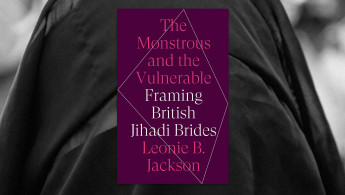
![Renu Begum, eldest sister of Shamima Begum, then 15, holds her sister's photo as she is interviewed by the media at New Scotland Yard, as the relatives of three missing schoolgirls believed to have fled to Syria to join Islamic State pleaded for them to return home [Getty Images]](/sites/default/files/styles/medium_16_9/public/2022-07/GettyImages-464129912%20%281%29.jpg?h=69f2b9d0&itok=QgeBdjdb)

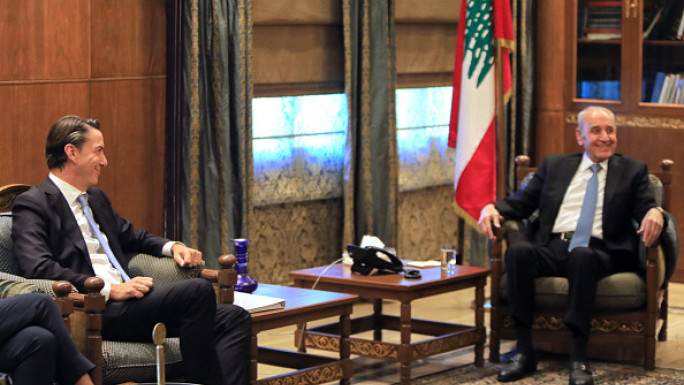
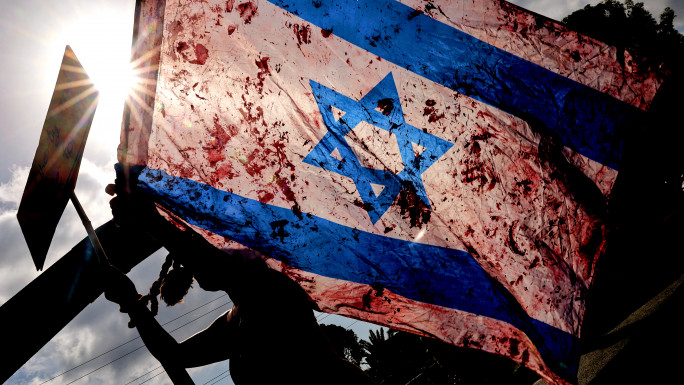
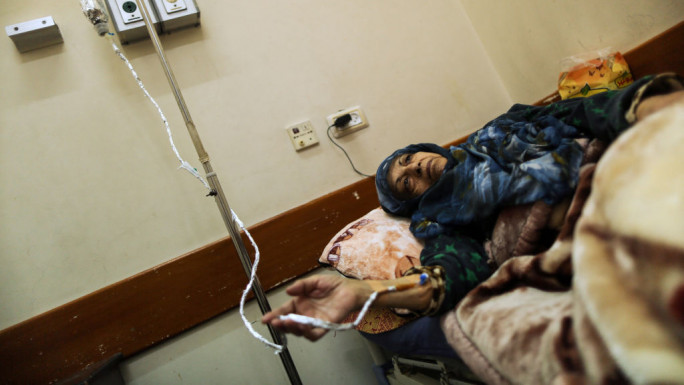
 Follow the Middle East's top stories in English at The New Arab on Google News
Follow the Middle East's top stories in English at The New Arab on Google News
